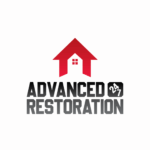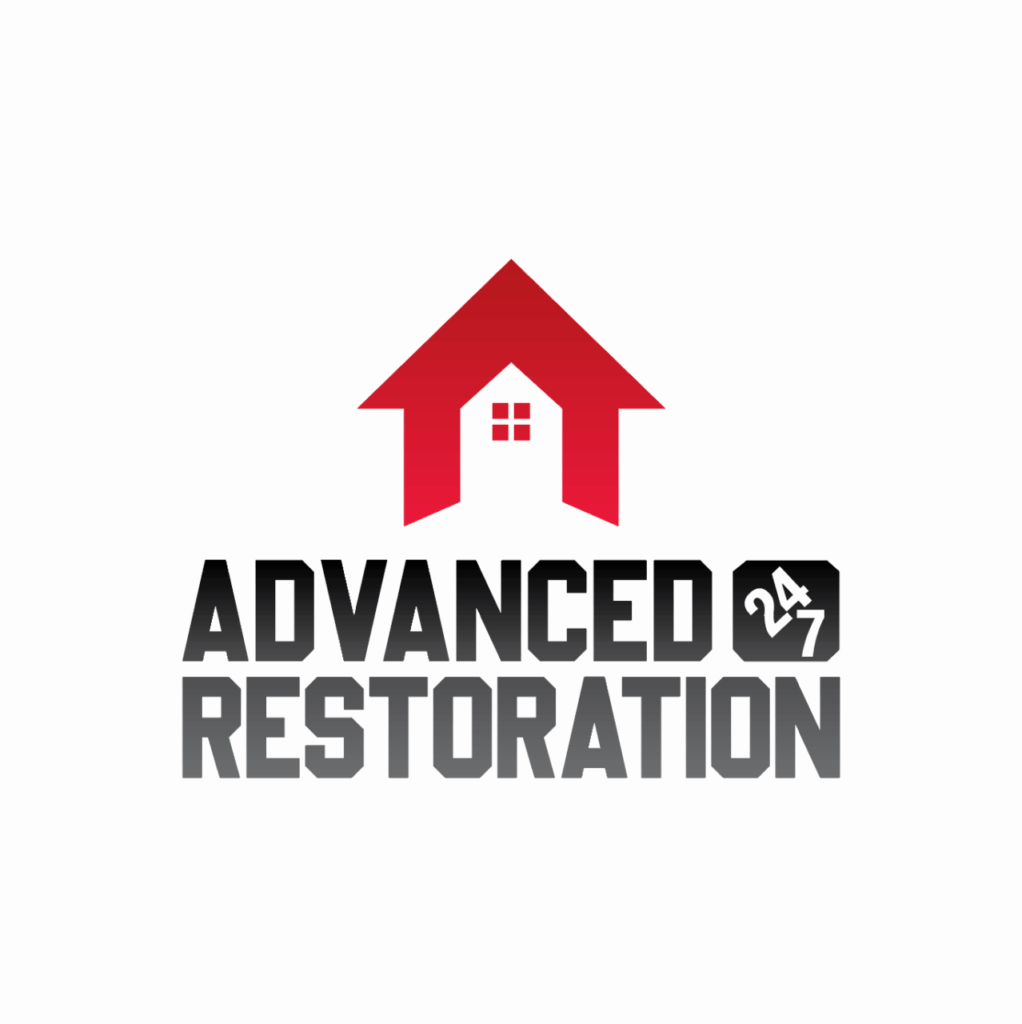Diving headfirst into the murky waters of sewage cleanup can be like navigating a treacherous maze of hidden dangers. As you wade through the contaminated sludge, your body becomes a battleground for the onslaught of harmful chemicals lurking within.
But what are the exact risks you face? How do these chemicals find their way into your system? And what can you do to protect yourself from their sinister effects?
Brace yourself, for in this discussion, we will uncover the hidden perils of chemical exposure in sewage cleanup and shed light on the importance of safeguarding your health amidst the murky depths.
Types of Chemicals in Sewage
What types of chemicals are present in sewage?
Regarding sewage, various types of chemicals can be present, posing potential chemical hazards and risks of environmental contamination. Sewage contains organic and inorganic substances that can harm human health and the environment.
One of the main types of chemicals found in sewage is pathogens. These are disease-causing microorganisms such as bacteria, viruses, and parasites. Exposure to these pathogens can lead to gastrointestinal infections, respiratory infections, and skin infections. Taking proper precautions when dealing with sewage is crucial to minimize the risk of contracting these diseases.
In addition to pathogens, sewage also contains a variety of toxic chemicals. These can include heavy metals like lead, mercury, cadmium, pesticides, pharmaceuticals, and industrial chemicals. Exposure to these toxic chemicals can have detrimental effects on human health, ranging from skin irritations and respiratory problems to more serious conditions like cancer and reproductive disorders.
Moreover, sewage can also contain nutrients such as nitrogen and phosphorus. While these nutrients are essential for plant growth, excessive amounts can lead to environmental contamination. When sewage enters water bodies, it can cause eutrophication, a process where excessive nutrients promote the growth of algae and other aquatic plants, leading to oxygen depletion and the death of marine life.
Routes of Chemical Exposure
When dealing with sewage cleanup, it’s important to understand the routes of chemical exposure to effectively minimize health risks. Chemicals in sewage can pose potential hazards to your health, and it’s crucial to take safety precautions to protect yourself. Here are some key routes of chemical exposure during sewage cleanup:
- Inhalation: Breathing in airborne particles and gases released from the sewage can lead to chemical exposure. These particles may contain harmful substances like bacteria, viruses, and toxic chemicals. Wearing proper respiratory protection, such as masks or respirators, can help reduce the risk of inhalation exposure.
- Skin Contact: Direct contact with sewage or contaminated surfaces can allow chemicals to penetrate through your skin. This can lead to skin irritation, rashes, or even absorption of harmful substances into your bloodstream. It’s essential to wear protective clothing, including gloves, boots, and coveralls, to minimize skin contact and prevent chemical absorption.
- Ingestion: Accidental ingestion of contaminated water or food during sewage cleanup can result in chemical exposure. Sewage contains pathogens and toxic substances that can cause gastrointestinal issues, infections, or other health problems. Avoid eating or drinking in the cleanup area, and always wash your hands thoroughly to prevent ingesting harmful chemicals.
To ensure your safety during sewage cleanup, it’s crucial to follow these safety precautions:
- Use appropriate personal protective equipment (PPE) to minimize chemical exposure.
- Ventilate the cleanup area to reduce the concentration of airborne contaminants.
- Clean and sanitize all tools and equipment used in the cleanup process to prevent cross-contamination.
Immediate Health Effects
Understanding the routes of chemical exposure during sewage cleanup is crucial to address the immediate health effects that can arise from such exposure. When exposed to sewage chemicals, whether through inhalation, skin contact, or ingestion, you may experience a range of acute symptoms and short-term consequences.
Inhalation of toxic gases and fumes during sewage cleanup can lead to respiratory issues such as coughing, wheezing, and difficulty breathing. Headaches, dizziness, and nausea may accompany these symptoms. Additionally, exposure to certain chemicals found in sewage can irritate your eyes, nose, and throat, causing redness, itching, and soreness.
Skin contact with sewage can result in various skin reactions, such as rashes, burns, and dermatitis. Some chemicals present in sewage can penetrate the skin and enter the bloodstream, potentially causing systemic effects. It’s important to wear protective clothing and gloves to minimize direct contact with sewage and reduce the risk of skin-related health issues.
Ingesting sewage-contaminated water or food can lead to gastrointestinal problems, including stomach cramps, diarrhea, and vomiting. These symptoms can be particularly severe if the sewage contains harmful bacteria or parasites. Ingestion of certain toxic chemicals found in sewage can also lead to poisoning, resulting in more serious health complications.
It is crucial to seek medical attention if you experience any of these acute symptoms or short-term consequences after exposure to sewage. Prompt medical intervention can help alleviate your symptoms and prevent further health complications. Remember to inform healthcare professionals about the nature of your exposure to sewage, as this information will assist them in providing appropriate treatment.
Long-Term Health Risks
Long-term exposure to sewage can pose significant health risks that can affect your well-being. While immediate health effects may be apparent after exposure to sewage, it’s important to be aware of the potential long-term consequences.
Here are some key points to consider:
- Health monitoring: It’s crucial to prioritize your health and regularly monitor if you have been exposed to sewage. Regular check-ups and screenings can help detect any potential long-term health issues that may arise. By staying proactive and monitoring your health, you can take the necessary steps to address any concerns early on.
- Public awareness: Increasing public awareness about the long-term health risks of sewage exposure is essential. Individuals can take necessary precautions and preventive measures to minimize exposure by educating the community. Awareness campaigns should emphasize the importance of proper protective gear, hygiene practices, and prompt medical attention in case of exposure.
- Environmental remediation: Adequate sewage cleanup and environmental remediation are crucial to minimize the long-term health risks associated with exposure. It’s important to ensure that sewage is safely and properly disposed of and that affected areas are thoroughly cleaned and sanitized. Investing in proper cleanup measures can reduce the potential for long-term health consequences.
Protective Measures During Cleanup
To ensure your safety during sewage cleanup, it’s important to take proper protective measures. By following these measures, you can minimize the risks associated with chemical exposure and protect your health.
One of the key protective measures is the use of respiratory protection. Sewage cleanup often involves the release of harmful airborne contaminants such as bacteria, viruses, and toxic gases. Wearing a properly fitted respirator can help filter out these hazardous substances and prevent them from entering your respiratory system.
When selecting a respirator, choosing the right type for the specific contaminants present in the sewage is crucial. N95 respirators are commonly used for protection against biological hazards, while respirators with chemical cartridges are suitable for filtering out toxic gases. Make sure to follow the manufacturer’s instructions for proper use and maintenance of the respirator.
In addition to respiratory protection, practicing good personal hygiene is essential during sewage cleanup. After completing the cleanup tasks, it’s important to thoroughly wash your hands with soap and clean water. This will help remove any harmful substances that may have come into contact with your skin. Avoid touching your face, especially your mouth, nose, and eyes, as these are common entry points for contaminants.
Wearing protective clothing, such as gloves, boots, and coveralls, can minimize skin exposure to hazardous substances. Ensure that all clothing worn during cleanup is properly washed and decontaminated afterward.
Review
So there you have it, folks! Regarding sewage cleanup, the health risks of chemical exposure are no joke. It’s crucial to take protective measures from harmful chemicals lurking in the sewage to the various routes of exposure.
Immediate health effects can be severe, and the long-term risks are nothing to scoff at. So remember, when tackling sewage cleanup, always prioritize your safety and take necessary precautions.
It’s better to be safe than sorry – your health is worth it!
Advanced 24/7 Restoration’s mission is to provide unparalleled care and support to our valued clients. Delivering the best solutions for your property restoration needs. Our vision is to be the top-rated damage restoration company in Denver, known for our exceptional services, professionalism, and dedication to customer satisfaction. Water damage, fire damage, flood damage, and more.
- This author does not have any more posts


